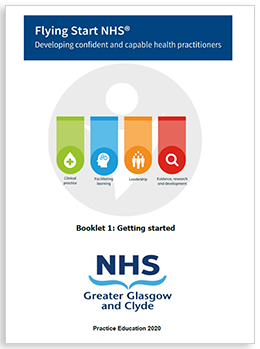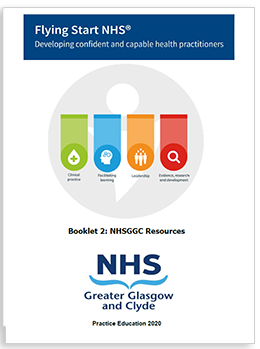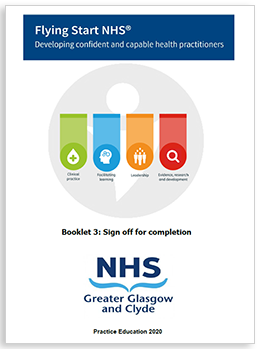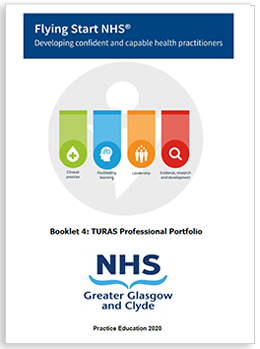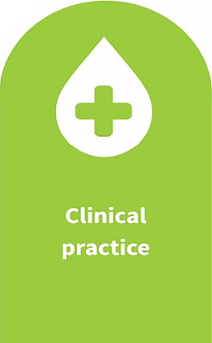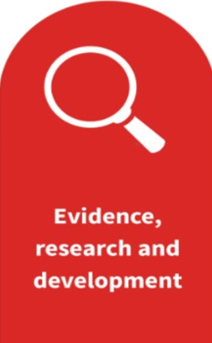NHS Greater Glasgow and Clyde Practice Education development programme for nursing healthcare support worker (HCSW), The Competency Portfolio (TCP). TCP is a work based programme aimed at development of the knowledge and understanding required for HCSWs to function in a safe and competent manner in order to protect the public.
The portfolio:
- provides clear understanding of the nursing HCSW role
- evidences competency
- links directly with personal development review
- offers opportunity to grow and develop
- provides introduction to further study
The portfolio has been mapped to the Mandatory Induction Standards (Scottish Government, 2009a) and the Code of Conduct for Healthcare Support Workers (Scottish Government, 2009b). It also links to NHS Education for Scotland’s guide to Health Care Support Worker Education and Role Development (NES, 2010) and the NHS Knowledge Skills Framework (Department of Health, 2004). The portfolio competencies reinforce good practice through reflection, building upon the mandatory standards.
Access to the programme
All new members of staff working in a Healthcare Support Worker (HCSW) role, including staff transferring internally to a new post within NHSGGC, will be expected to meet the mandatory induction standards and adhere to the HCSW Code of Conduct after 3 months in post (or part-time equivalent up to a maximum of six months). This must be completed prior to commencing TCP.
New to Post HCSWs
On completion of the mandatory induction standards, HCSWs should commence TCP. The SCN/line manager should contact their PEF to arrange an Introduction to the Portfolio session for the HCSW and their assessor/s. Nomination proforma should be completed and returned to the PEF administrator via ggc.practiceeducation@nhs.scot. Candidates should aim to complete the portfolio within the next 9 months.
Existing Employees
HCSWs that have previously completed other competency profiles may not need to undertake the core section of TCP. Depending on their area of employment, the HCSW may only need to undertake Unit 6 competencies which are specific to each specialty within NHSGGC. Role development should be discussed with their SCN/PDP Reviewer and PEF to ascertain learning needs prior to nomination. The nomination process above should be followed.
Existing HCSWs who have not previously had access to TCP or other competency programmes can access TCP following discussion with their SCN/line manager as above.
Employees who have previously attained SVQ level 2/3 in Care or an equivalent/higher qualification should discuss this with the SCN/PDP Reviewer and PEF for the area to determine if these meet the needs of the service. Again, depending on the area of employment and speciality, they may be required to only complete Unit 6 competencies.
All candidates will be supported by work based assessors. Candidates and assessors will be supported by the PEF Team
On completion of the above programme, please contact your Practice Education Facilitator (PEF) or email ggc.practiceeducation@nhs.scot. Once confirmed your PEF will issue you a certificate of completion.
Assessors
A key area in the successful implementation and development of the programme will be the commitment and support provided by workplace assessors. A workplace assessor will be a registered practitioner who has been updated suitably prepared for this role. They will have the responsibility for supporting and assessing the HCSW through the programme. Support for assessors in ensuring that appropriate evidence is gathered and documented in the HCSW competency portfolio will be provided by their PEF.
Bank staff
As a result of the transient nature of their employment, bank staff cannot be supported and assessed through the programme.
Nomination Form
Contact
All nominations to Practice Education mail box: ggc.practiceeducation@nhs.scot
For further information and advice contact your PEF.

